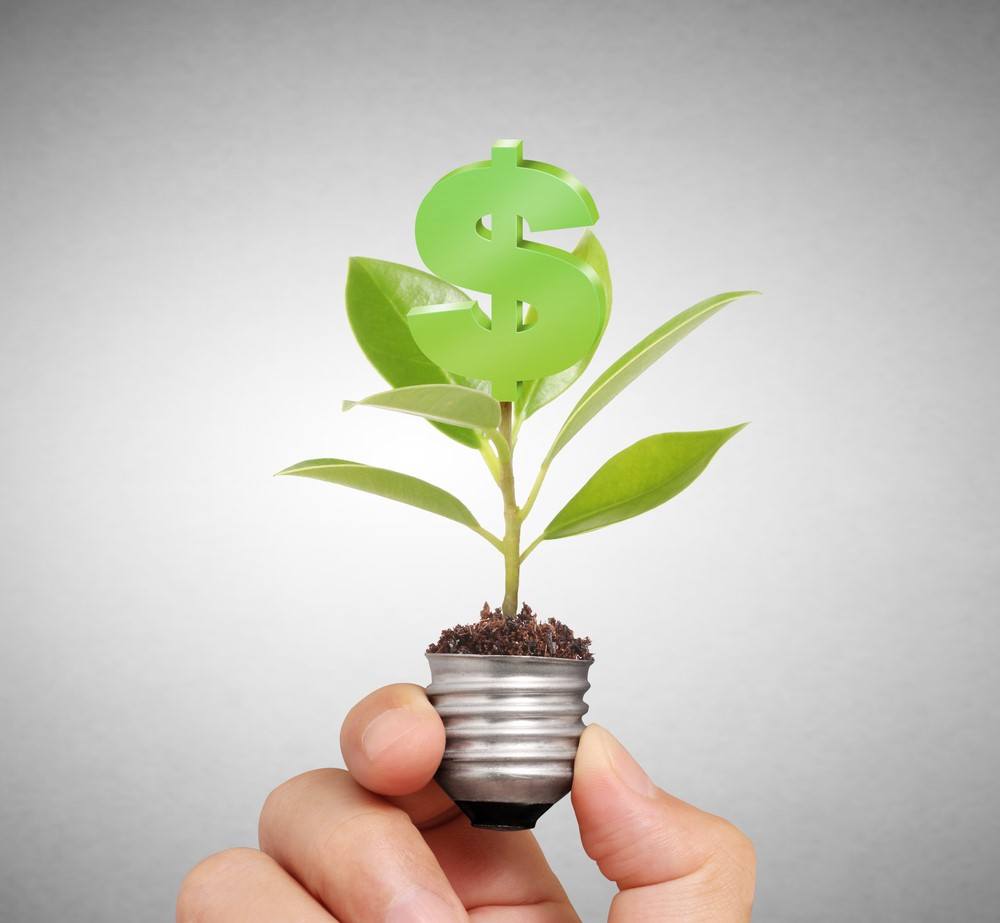Find out how you save with Energy Star Rebates

Many people know the blue Energy Star logo from consumer electronics packaging of products like air conditioners and dishwashers. Only a few, however, know that Energy Star is actually a voluntary program operated by the U.S. Environmental Protection Agency (EPA) in an effort to protect our climate through energy efficiency while helping businesses and individuals save money.
The program was first established in 1992 to do research and create strategies for reducing air pollution. In 2005, Congress enacted the Energy Policy Act, which aimed to identify and promote energy–efficient products as well as buildings and introduced the voluntary Energy Star label for products and buildings that meet the highest energy efficiency standards.
According to the EPA, “American consumers, businesses, and organizations have made investments in energy efficiency that are transforming the market for efficient products and practices, creating jobs, and stimulating the economy.”
But how can you actually save with Energy Star rebates? Let’s take a look.
Consumer Electronics Rebates
Maybe one of the most exciting results of the Energy Star program for consumers is the establishment of partnerships between the EPA and major consumer brands, which makes special offers, tax exemptions or credits, and other forms of rebates on products like boilers, computers, light fixtures, and televisions possible. Here are a few examples:
- Aep Swepco is offering its Arkansas residential customers a mail-in rebate of up to $800 for central air conditioning – split systems purchased between July 1, 2011, and December 31, 2015.
- Alameda Municipal Power is offering a $100 rebate for Energy Star certified freezers that are 7.75 cubic feet or larger and $35 for just recycling an old freezer, which is required to receive the $100 rebate. This offer is on-going.
- Alliant Energy offers mail-in rebates of up to $400 on Energy Star certified boilers purchased between January 01,2013, and December 31, 2015.
Like Alameda Municipal Power, there are other Energy Star partners that also sponsor recycling incentives for the proper disposal of old products even without the purchase of a new one. For all offers, check Energy Star’s official “Rebate Finder” page right here.

Consumer Energy Efficiency
There are certain products, such as geothermal heat pumps, for which the EPA offers federal tax credits because they may cost more to purchase than standard models, but will save a lot of energy… while also lowering your energy bills.
Until the end of 2016, for example, the Energy Star program offers a 30% federal tax credit (with no upper limit) not only on the purchase, but also on the installation costs of geothermal heat pumps, small wind turbines (residential), and solar energy systems. Both existing homes as well as new constructions qualify, but rentals do not.
Residential fuel cell and microturbine systems, which offer cleaner, more-efficient alternatives to the combustion of gasoline and other fossil fuels, are another example for consumer energy efficiency items that are eligible for a federal tax rebate – 30% of the cost and up to $500 per 0.5 KW of power capacity to be exact.
To find out how to apply for a tax credit, check out the Energy Star page right here.
Quick tip: Save your receipts as well as the “Manufacturer’s Certification Statement” (if available), because you might need them during the tax credit application process.
As you can see, the Energy Star program can save you quite a bit of money. If that is still not enough for you, make sure to give Benefyd’s mobile app a try, because it creates a digital mock-up of your home and guides you through the key areas that contribute to your energy bill, so you can make smart decisions on how to save money.


